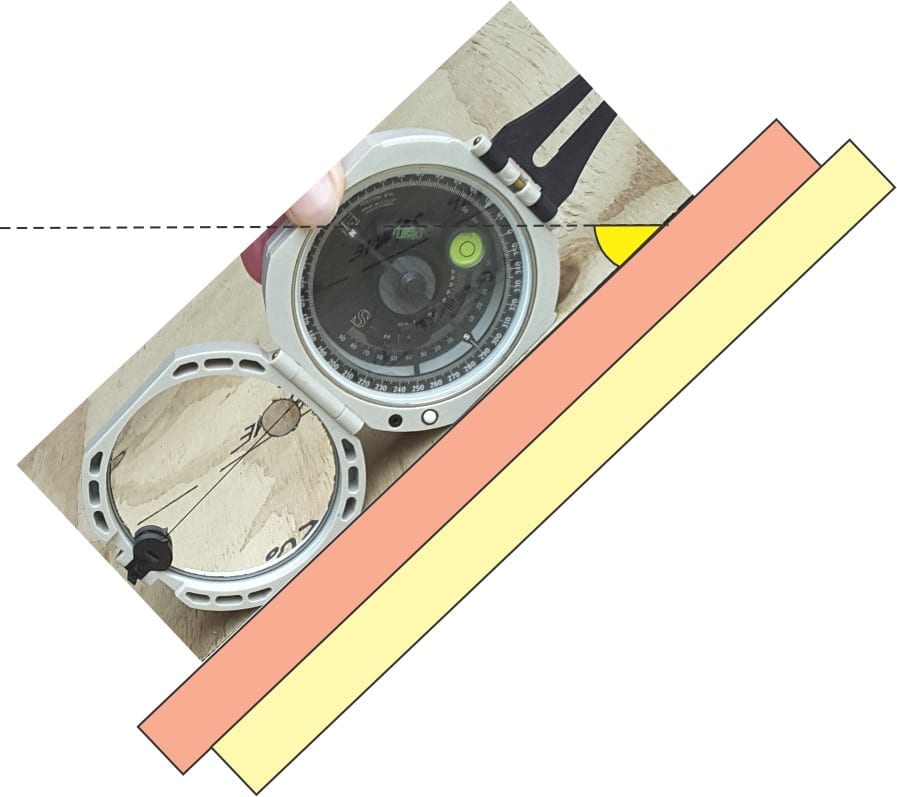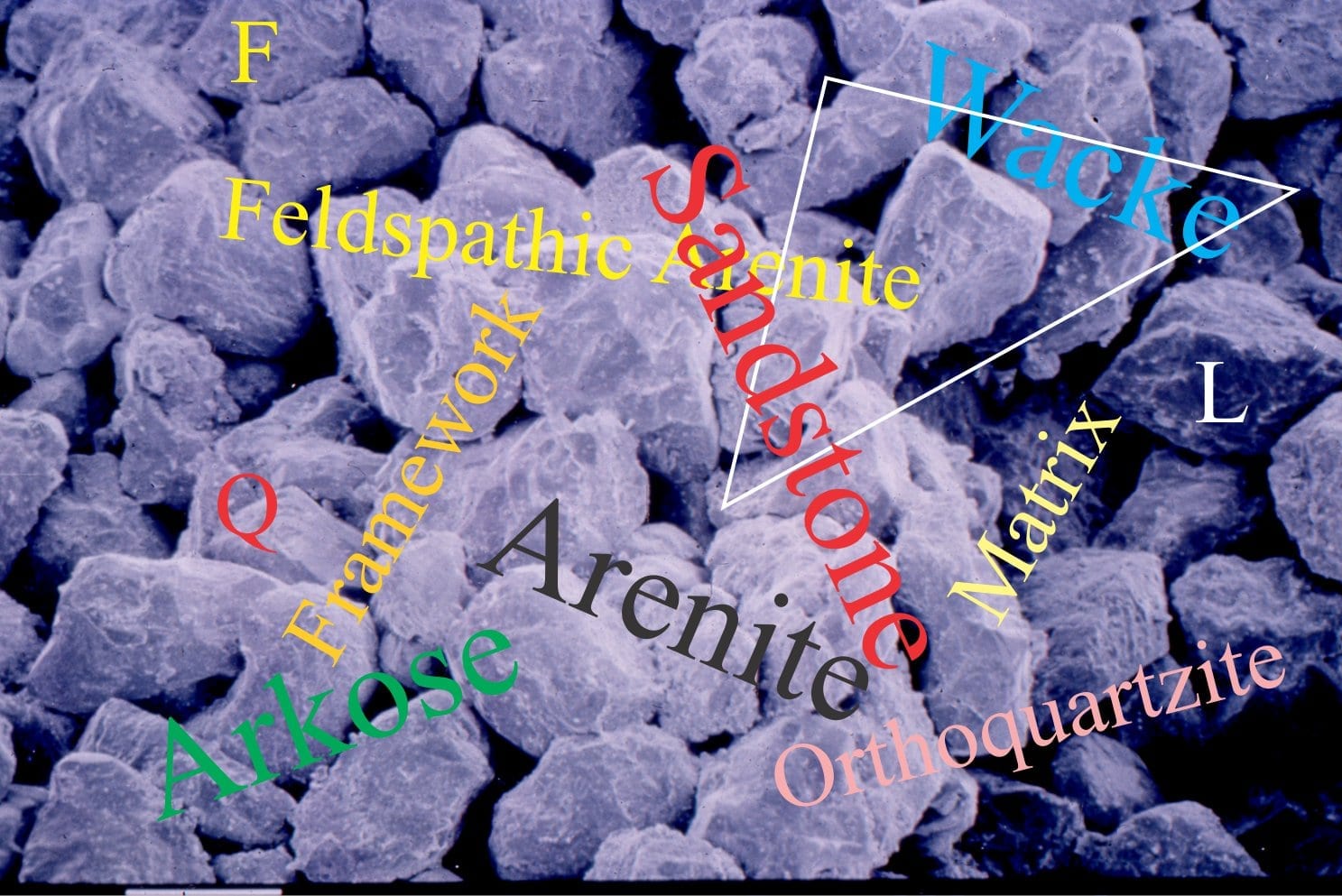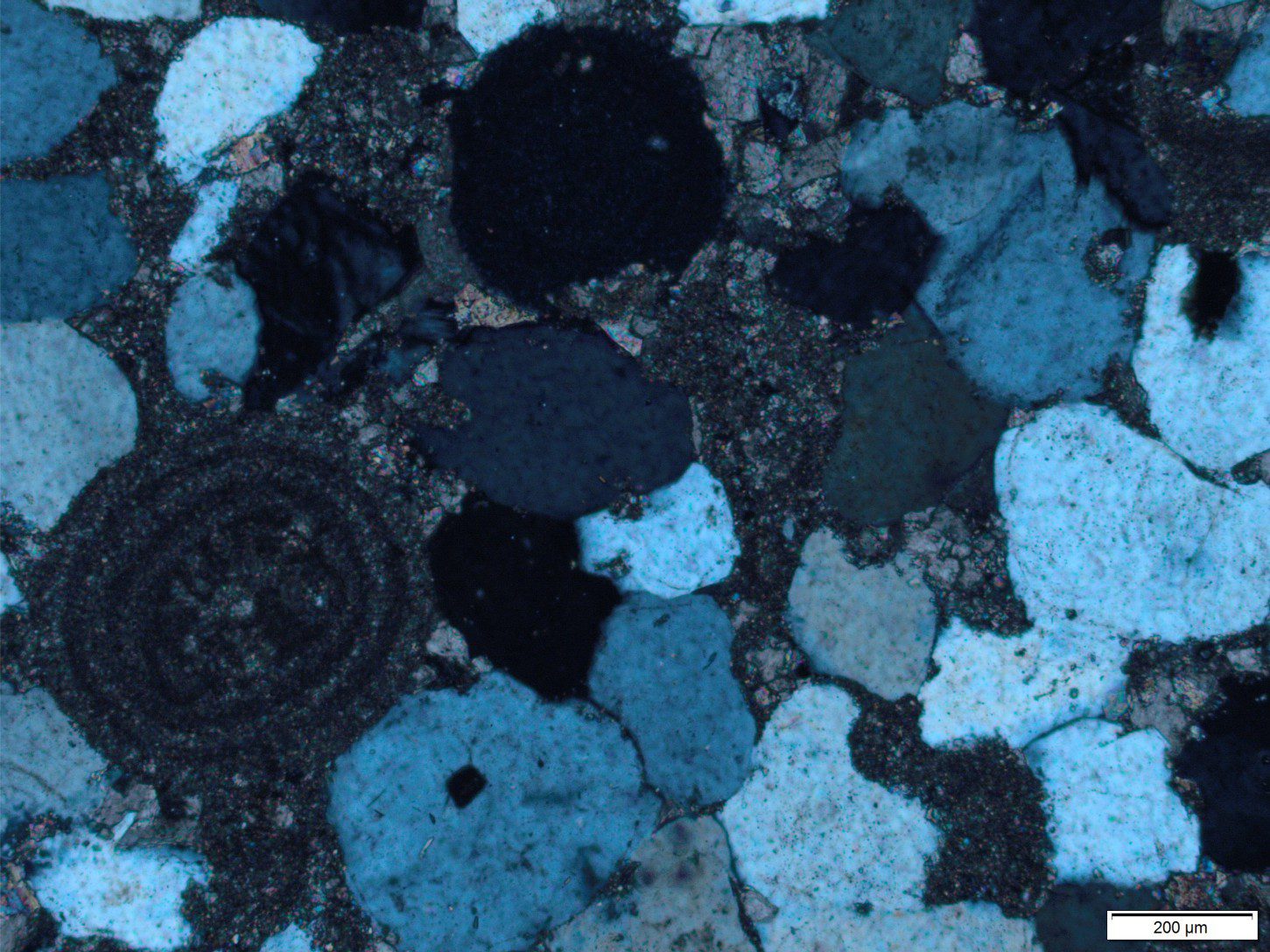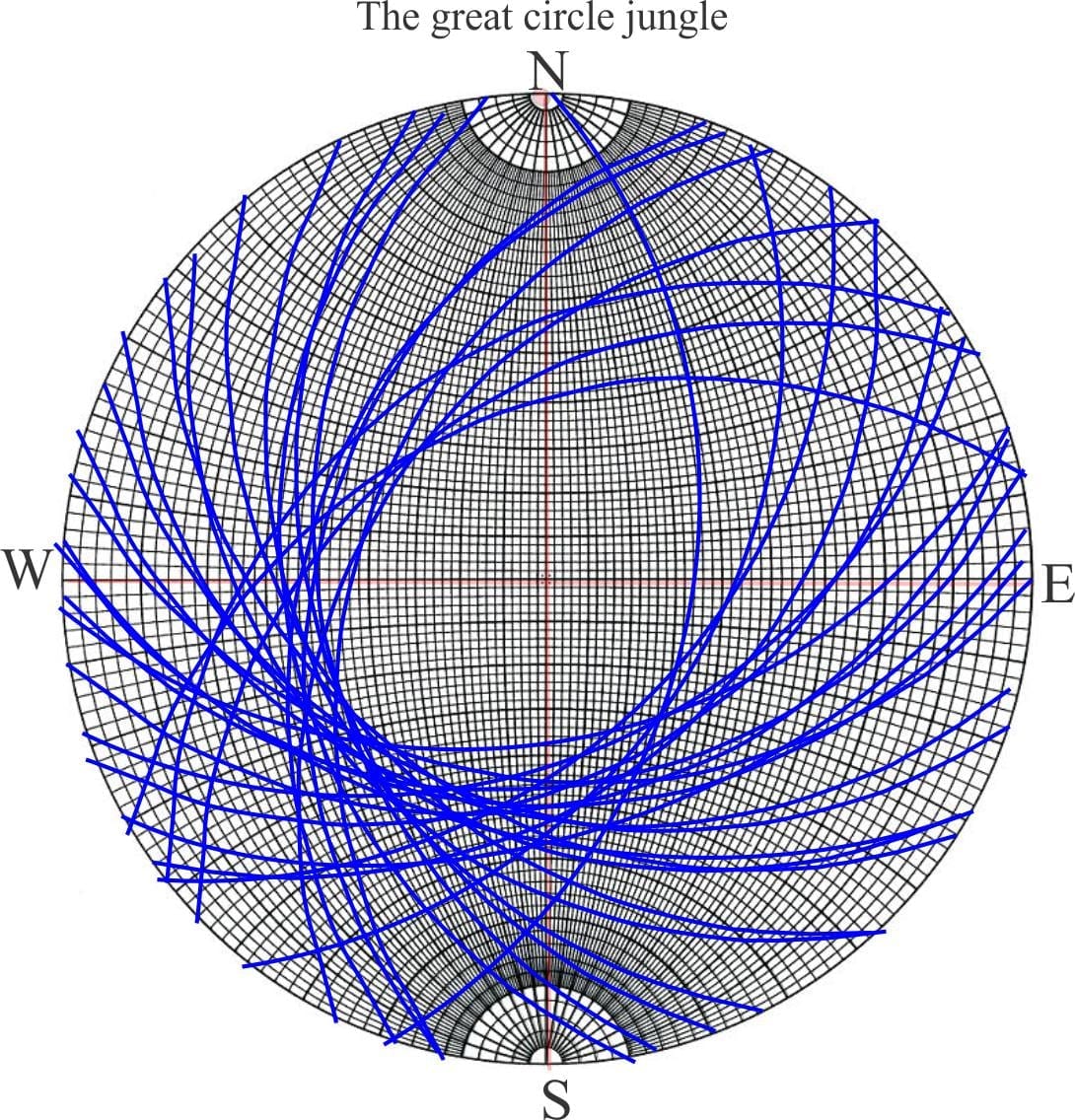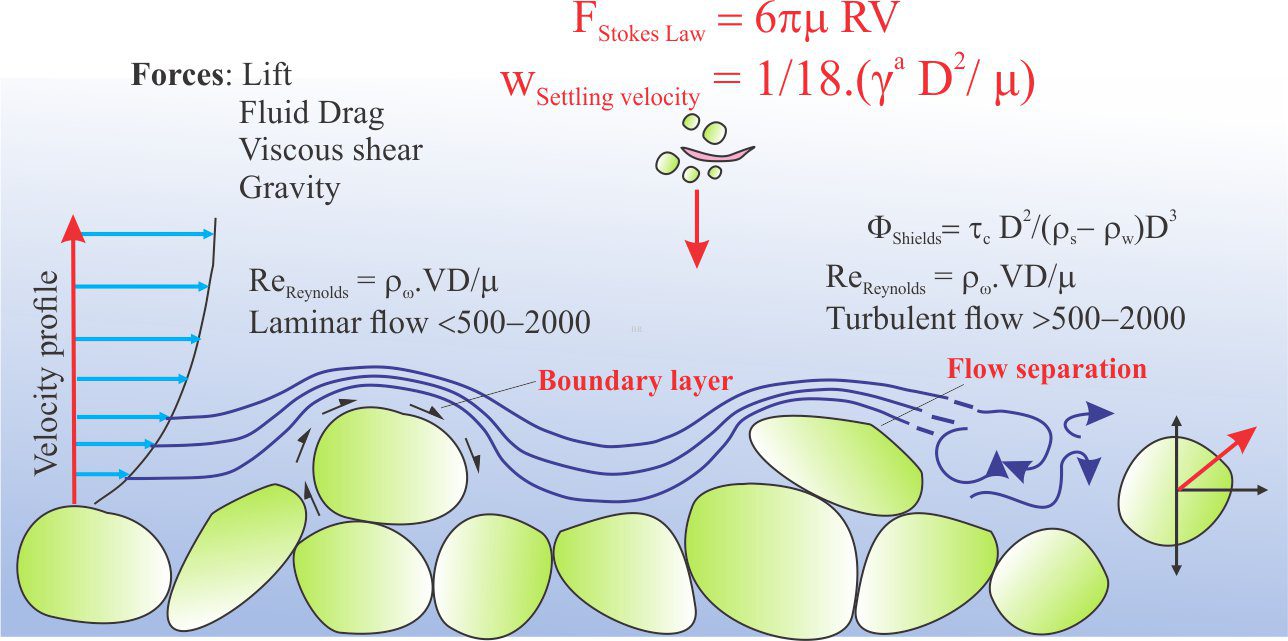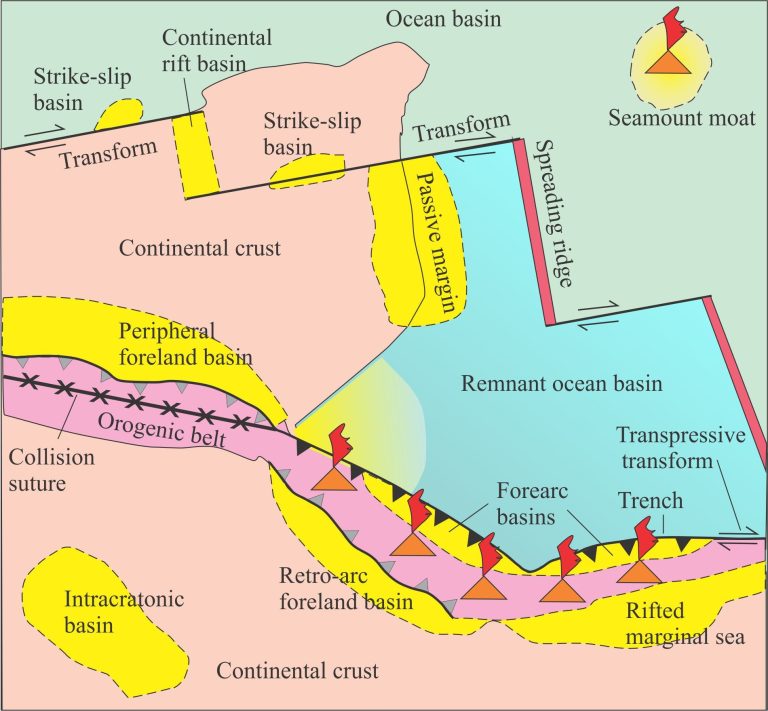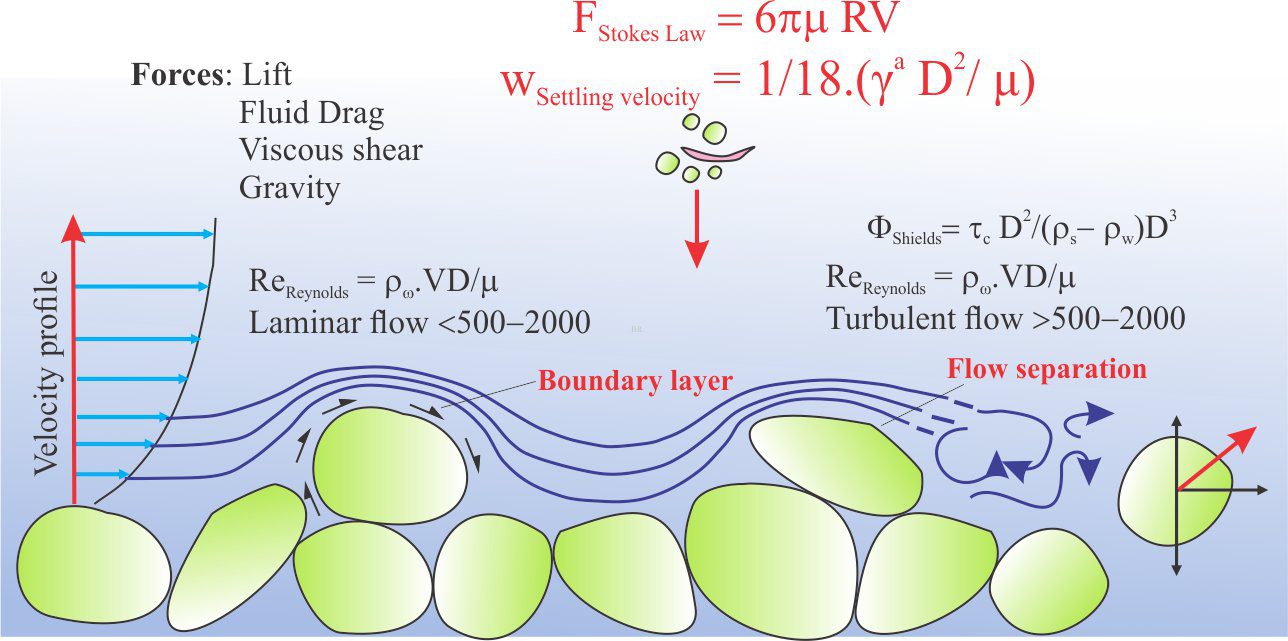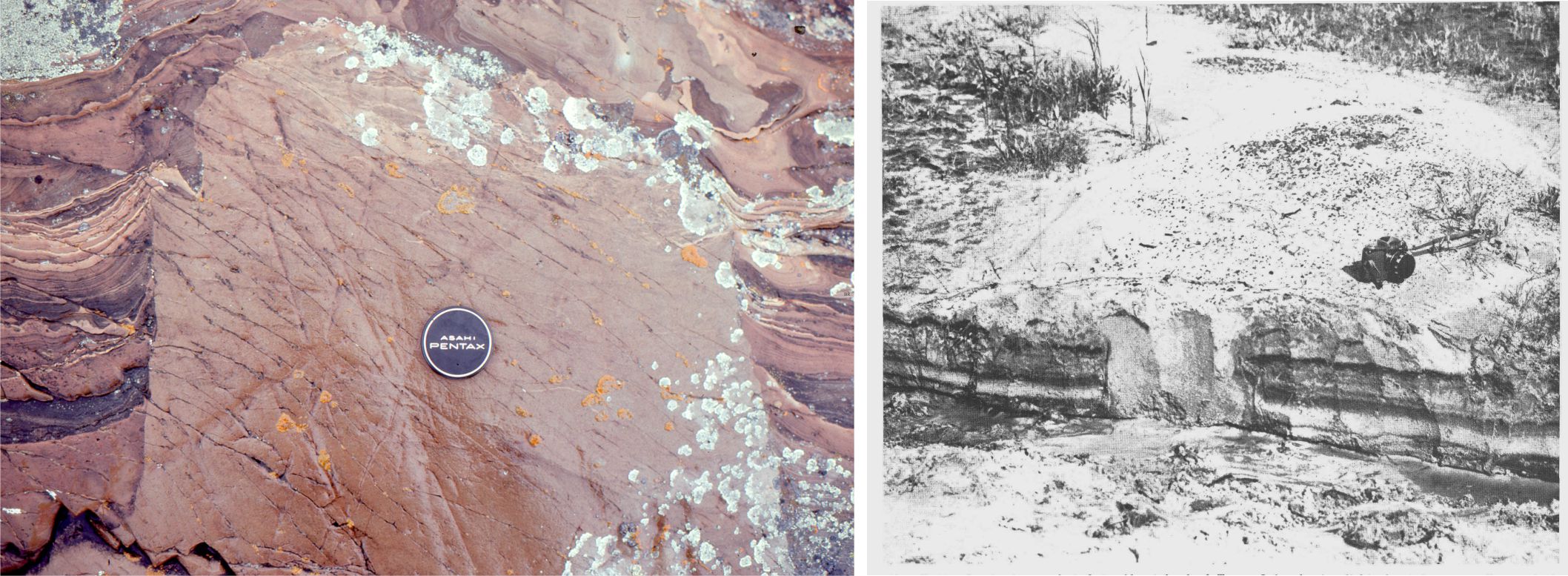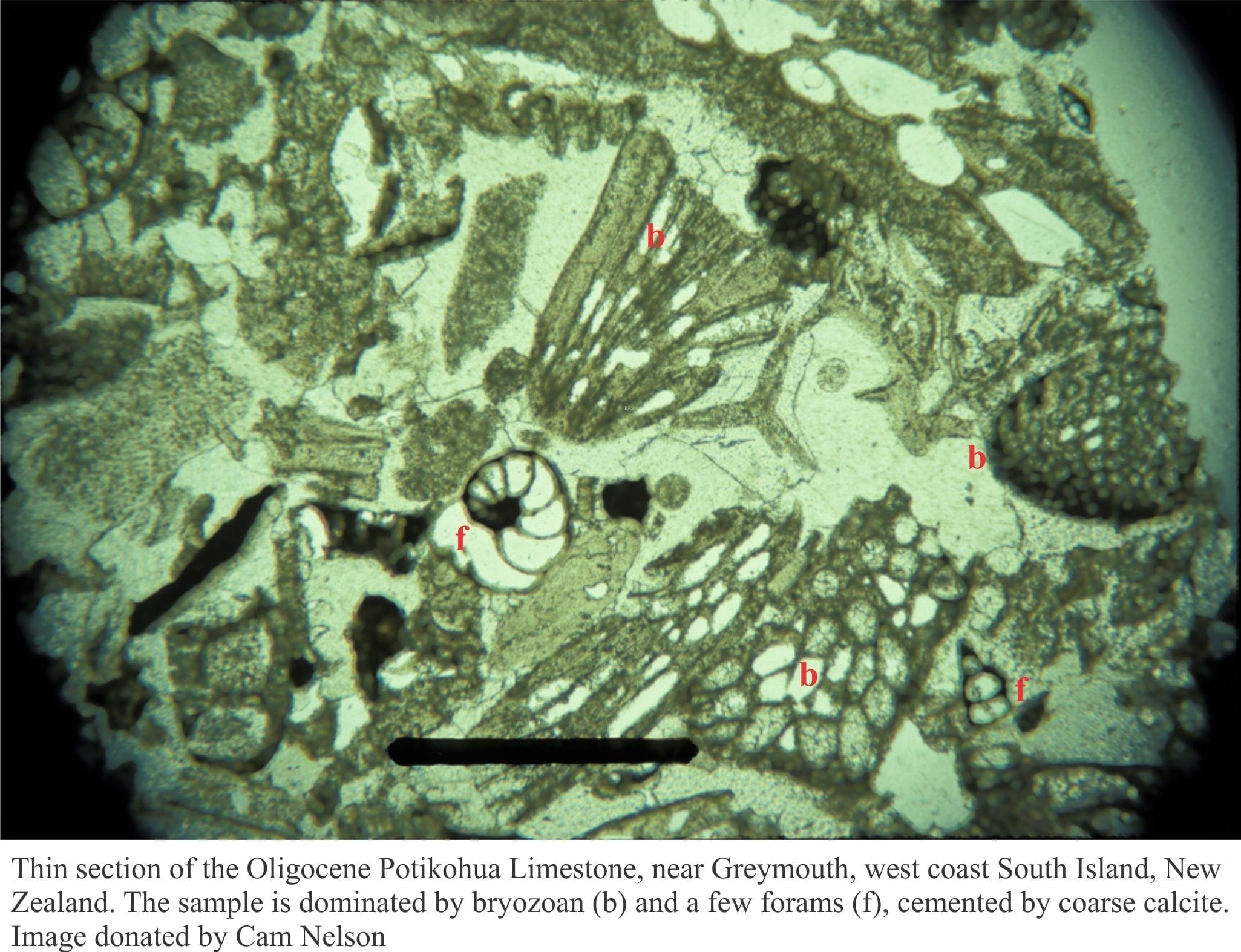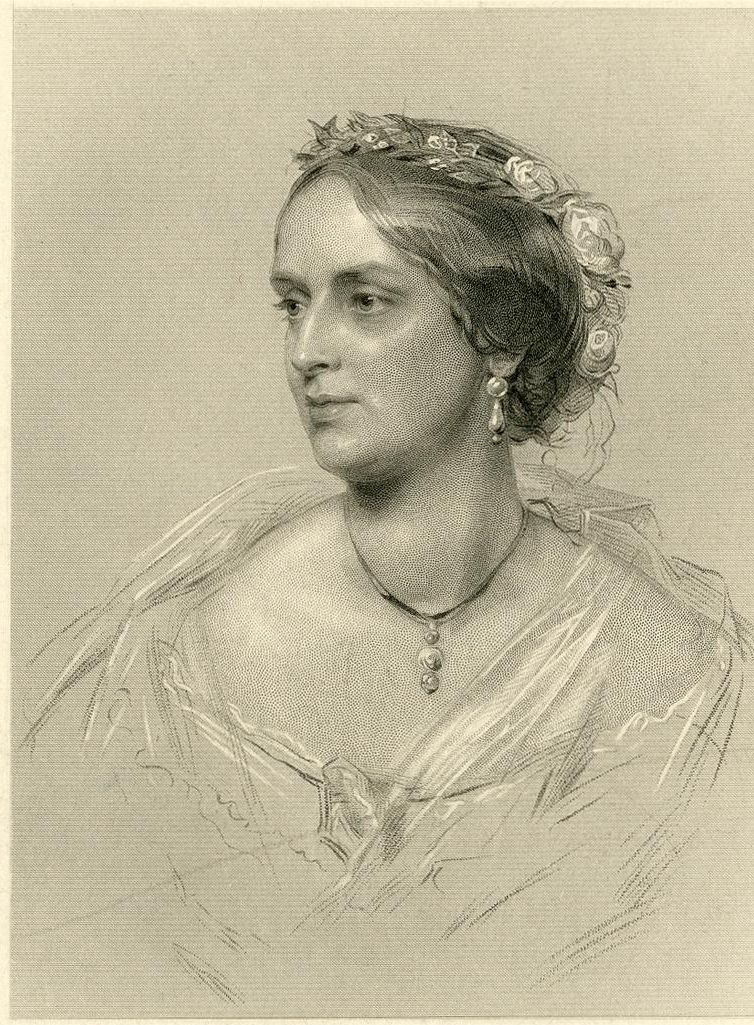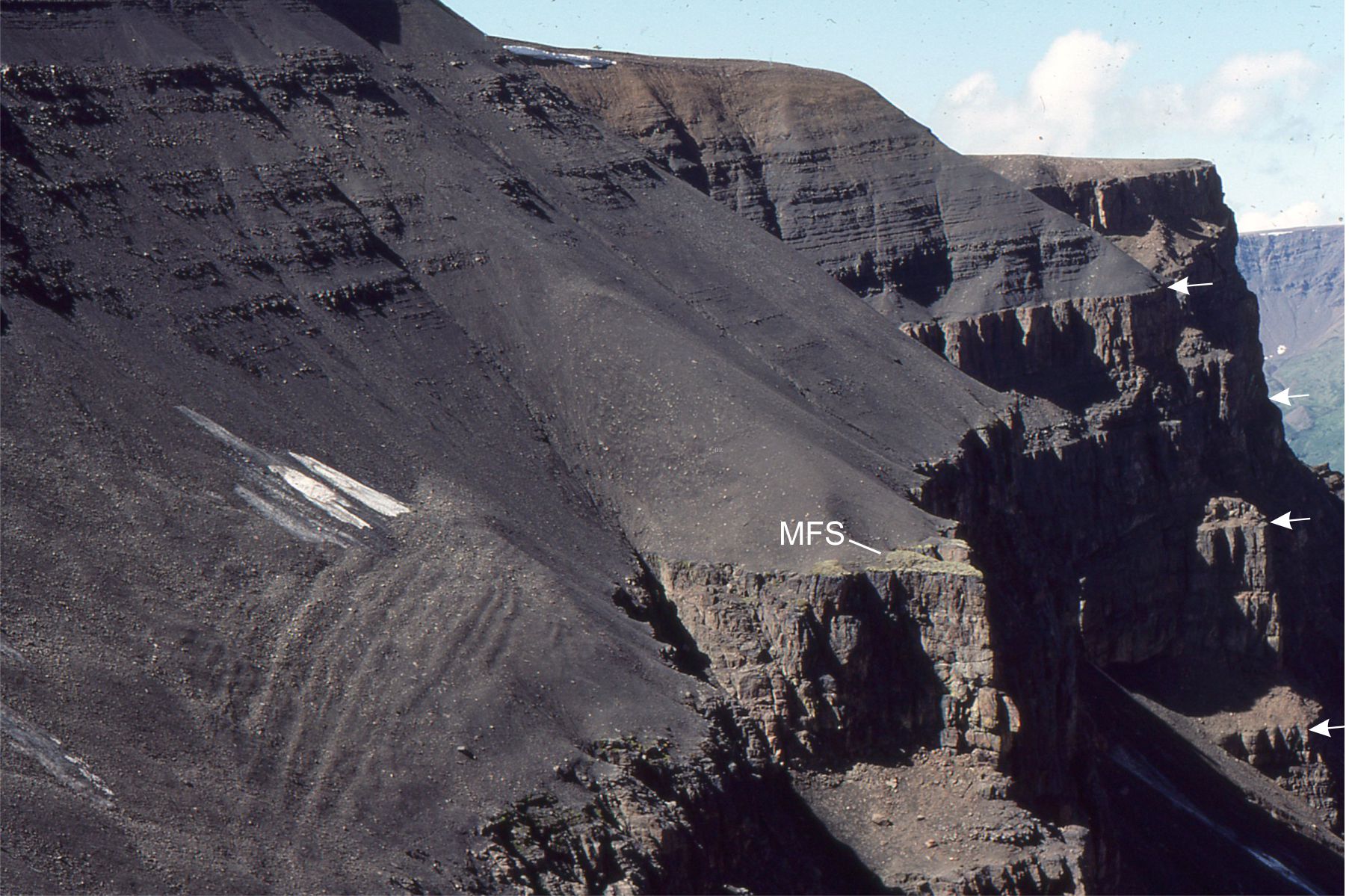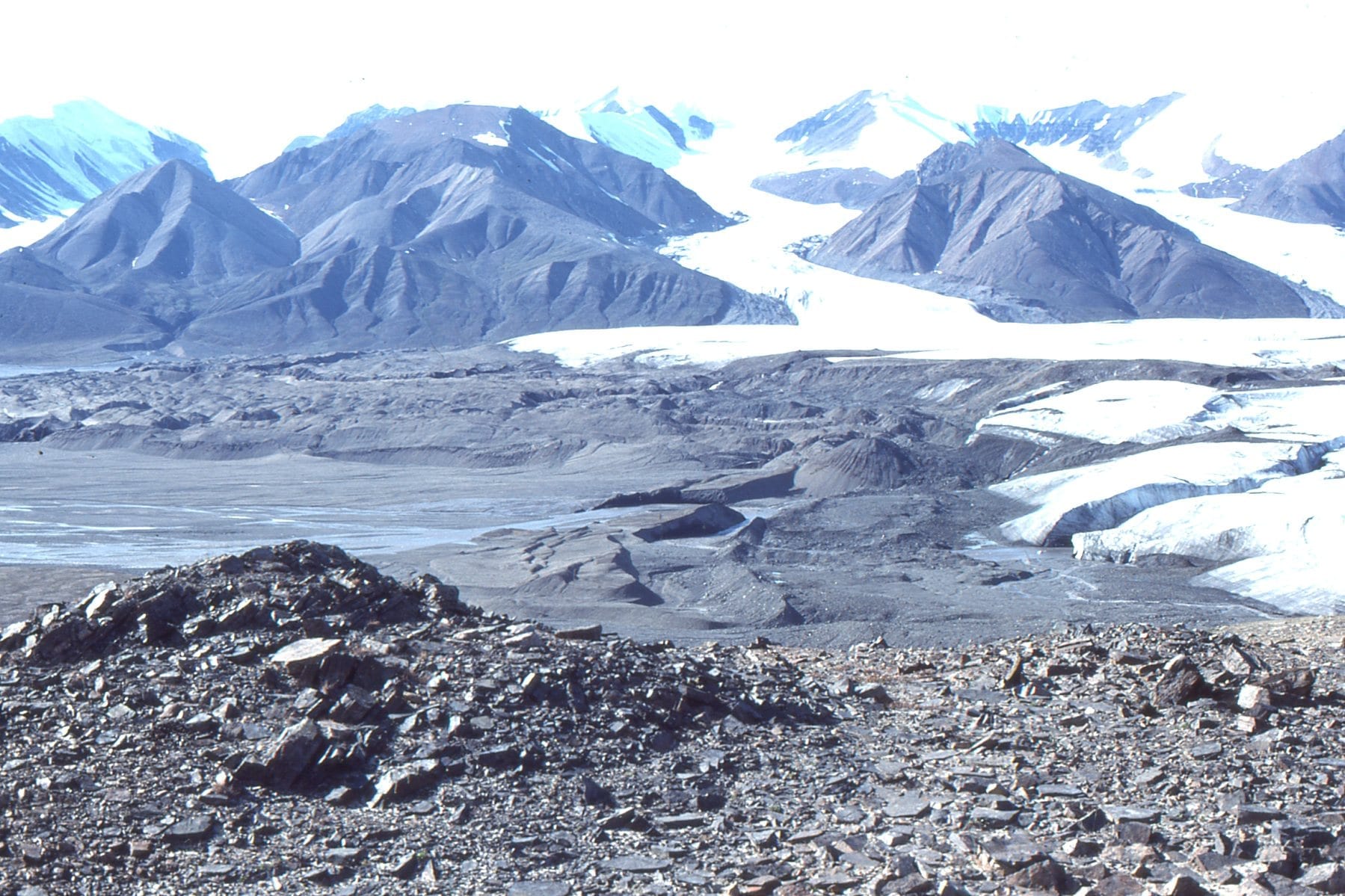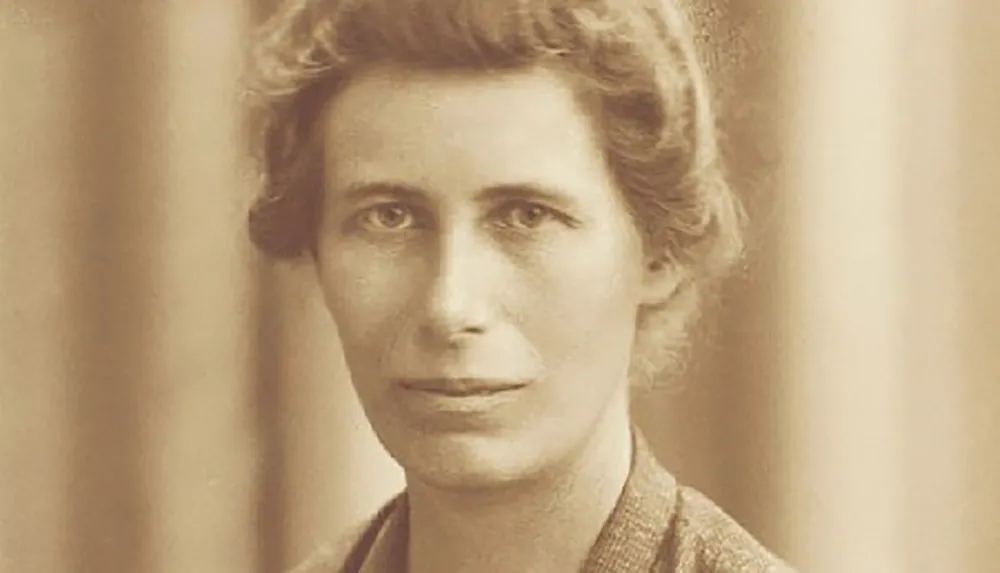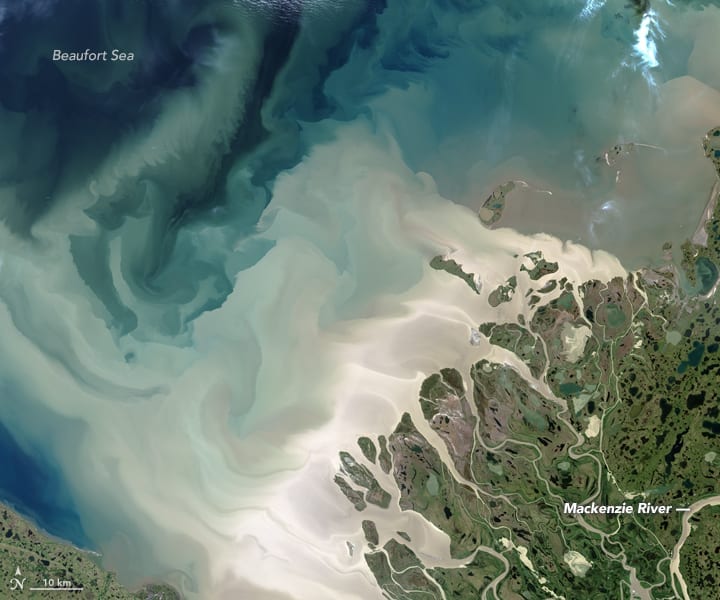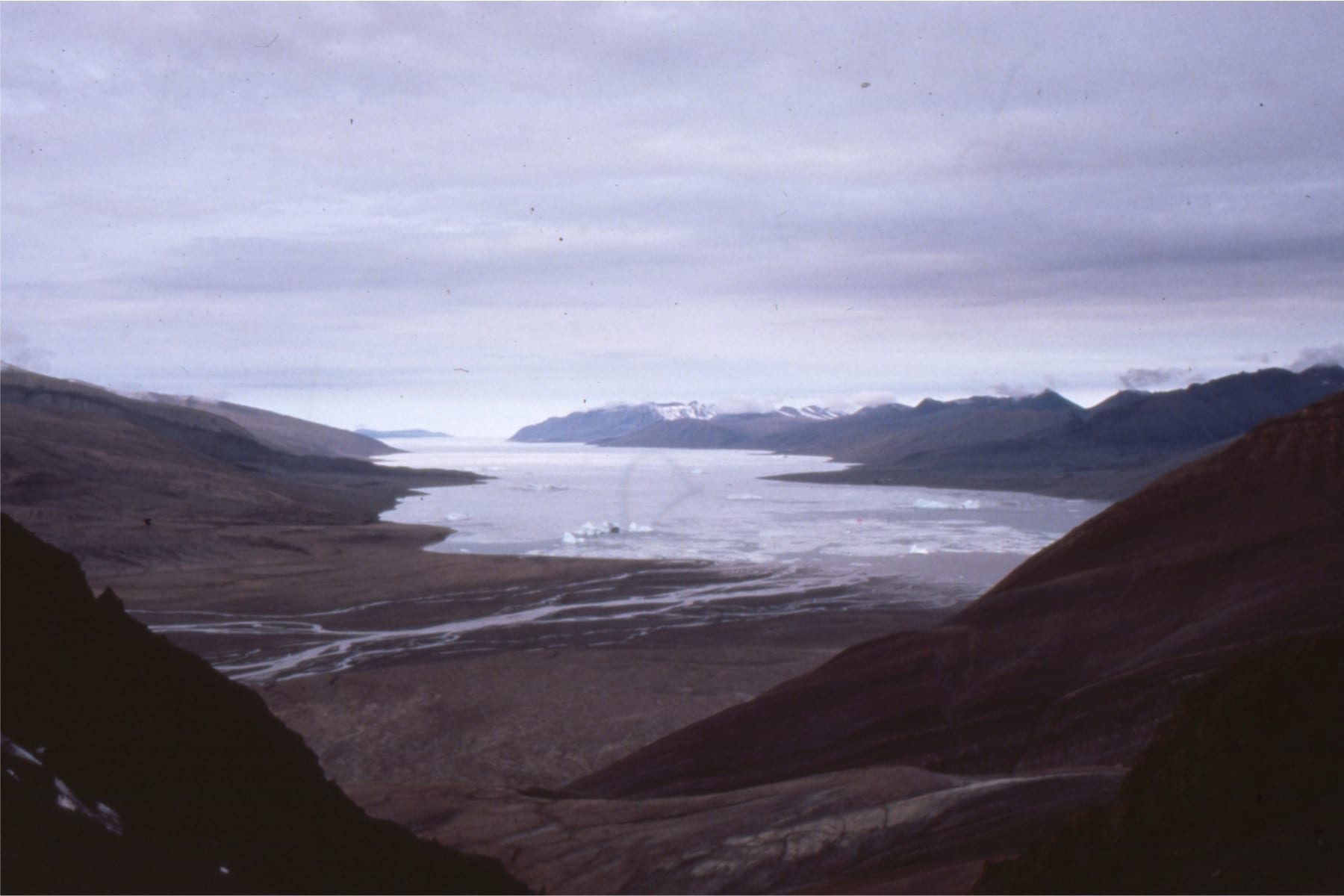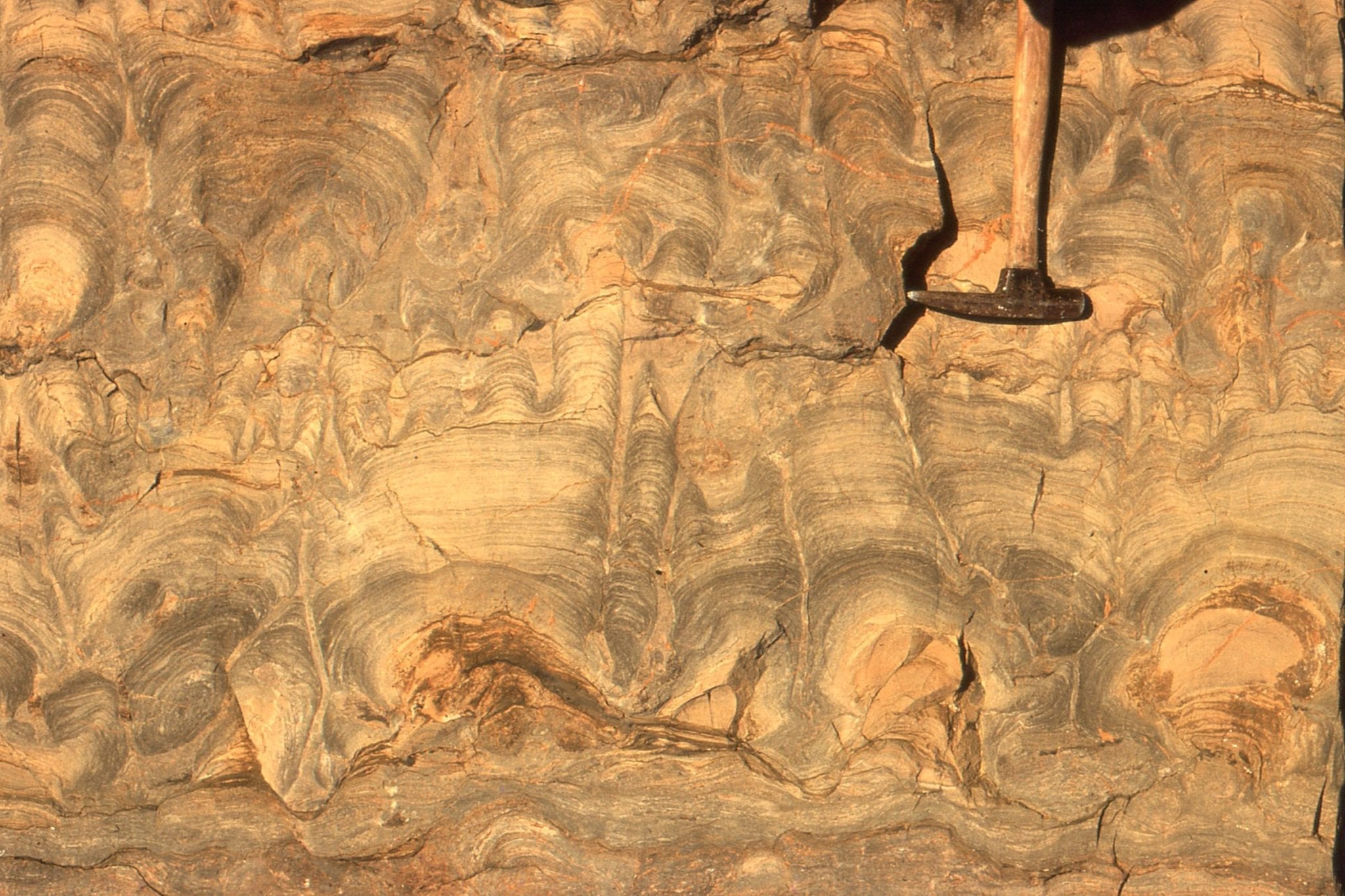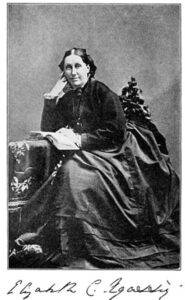
Pioneering Women in Earth Science
This biography is part of the series Pioneering women in Earth Sciences – the link will take you to the main page.
Elizabeth Agassiz, born Boston, Massachusetts.
Elizabeth Agassiz earned her reputation as scientific partner and wife of Louis Agassiz, a well-known naturalist, and as an energetic advocate for women’s education. She married Agassiz in 1850, becoming stepmother to his three children. Elizabeth became a principal organizer in her husband’s scientific expeditions, notably to Brazil (1865-1866), and later to the Straits of Magellan (1871-1872). She continued her own scientific adventures, including co-authoring with her son Alexander Agassiz a treatise on the ‘radiate’ marine fauna of Massachusetts (Elizabeth C. Agassiz and Alexander Agassiz, 1871; the book provided detailed descriptions of included corals, jellyfish, sea anemones (Coelenterates), and Echinoderms, crinoids, holothurians, star fish).
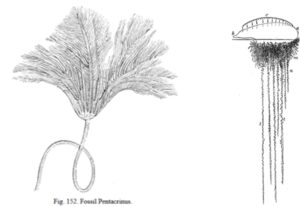
She was elected to the American Philosophical Society in 1869, only the second woman to have gained admission (the first elected woman Princess Dashkova, president of the Imperial Academy of Sciences in St. Petersburg in in 1789). Louis Agassiz died in 1872.
At a time when wives of their husbands’ scientific publications were usually relegated to the acknowledgements, A Journey in Brazil (Louis Agassiz and Mrs. Louis Agassiz, 1868) represented a partnership that combined Elizabeth’s transcriptions of her husband’s notes, and her own contributions to the science and Brazilian culture; much of the book is written in the first person (Elizabeth). Louis Agassiz is quoted thus in the Preface: “In consequence of this mode of working, our separate contributions have become so closely interwoven that we should hardly know how to disconnect them, and our common journal is therefore published, with the exception of a few unimportant changes, almost as it was originally written.”.
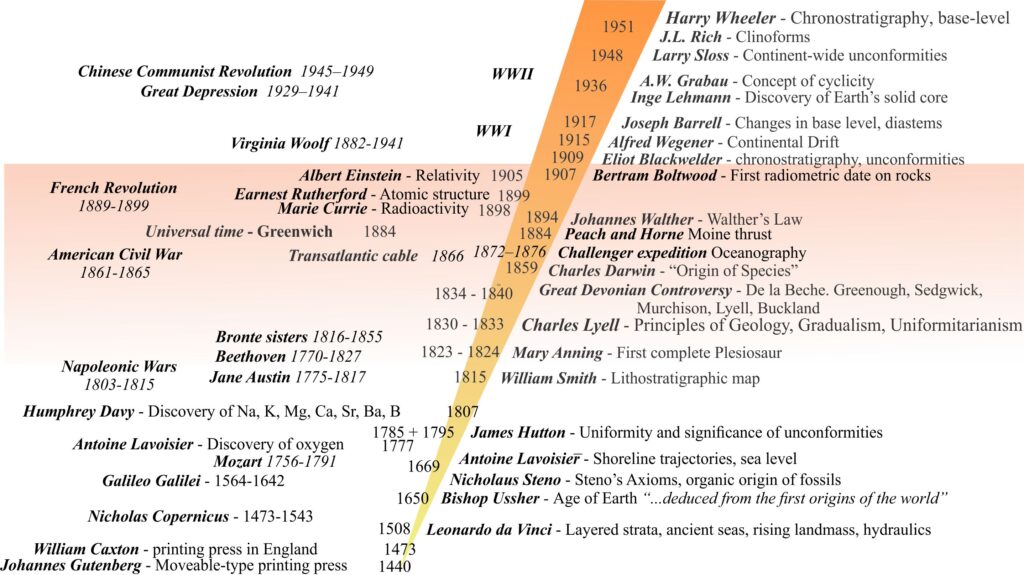
After Louis’ death, Elizabeth’s energies tended to focus on education. In 1874 she co-founded Radcliffe College for women that was annexed to Harvard University. Her dogged persistence saw the College gaining degree-conferring status is 1894; she was President of the College until 1899. Radcliffe became part of a group of women’s colleges referred to as the Seven Sisters.
I can’t reproduce it here (Copyright) but have a read of Jessy Randall’s poem Elizabeth Cabot Agassiz (1822–1907) published in Mathematics for Ladies: Poems on Women in Science by (Goldsmiths Press, 2022).
References and other documents
Louis Agassiz and Mrs. Louis Agassiz, 1868.A Journey in Brazil. Boston: Ticknor and Fields, 2nd Edition.
Elizabeth C. Agassiz and Alexander Agassiz, 1871. Seaside Studies in Natural History; Marine Animals of Massachusetts Bay. Radiates. Boston: James R. Osgood and Company.
Lucy Allen Patton, 1919. Elizabeth Cary Agassiz – A biography.
Marian Christ, 2021. Elizabeth Agassiz (APS 1869). American Philosophical Society.
History of American Women: Elizabeth Cary Agassiz: Naturalist and Pioneer in Women’s Education,
